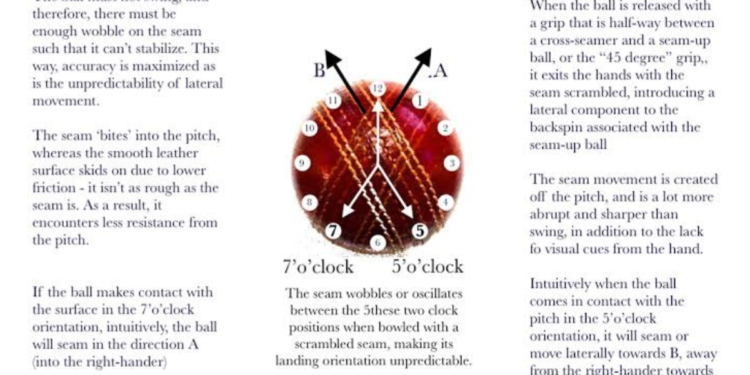Definition of Strike Rate
The strike rate in cricket is a numerical value that indicates the efficiency and aggression of a batsman in scoring runs. It is calculated by determining the number of runs scored by a player per 100 balls faced. In simpler terms, it reflects how quickly a batsman is able to score runs during their time at the crease.
For example, a strike rate of 100 means that the player scores one run per ball faced, showcasing a balanced approach between scoring runs and ensuring a steady progression of the game. On the other hand, a strike rate higher than 100 implies that the batsman is scoring more than a run per ball, indicating their aggressive intent to accumulate runs swiftly. In contrast, a strike rate below 100 signifies a more cautious batting approach, focusing on building an innings steadily rather than scoring quickly.
Importance of Strike Rate in Cricket
In the fast-paced game of cricket, strike rate holds a crucial position in determining a player’s effectiveness on the field. It is a numerical representation of how quickly a batsman scores runs, calculated by the number of runs scored per 100 balls faced. A high strike rate showcases the batsman’s ability to score swiftly, impacting the team’s overall performance by building momentum and putting pressure on the opposition.
A strong strike rate not only boosts a player’s individual statistics but also plays a significant role in shaping the team’s strategy during a match. In limited-overs formats like One Day Internationals and T20s, a high strike rate is particularly valued as it allows a team to set competitive targets or chase down totals effectively. Additionally, in Test cricket, while strike rate may not be as crucial as scoring runs consistently, an elevated strike rate can put the opposition under pressure by swiftly accumulating runs and setting the tone for the innings.
Formula for Calculating Strike Rate
A player’s strike rate in cricket is a crucial statistic that provides valuable insight into their batting performance. To calculate strike rate, you simply divide the total number of runs scored by the total number of balls faced and then multiply the result by 100. This formula gives you the number of runs a player scores on average per 100 balls faced, indicating their ability to score quickly or maintain a steady pace during their innings.
For example, if a player has scored 50 runs from 70 balls faced, the calculation would be (50 runs / 70 balls) * 100 = 71.43. This means that the player scores, on average, at a rate of 71.43 runs per 100 balls faced. A higher strike rate generally indicates a more aggressive batsman, while a lower strike rate suggests a more defensive or cautious approach at the crease. Understanding the numerical value of strike rate allows teams and fans to assess a player’s impact on the game and tailor strategies accordingly.
Understanding the Numerical Value of Strike Rate
The numerical value of a player’s strike rate in cricket is a crucial indicator of their efficiency at scoring runs. It is calculated by dividing the total runs scored by the total balls faced and multiplying the result by 100. For instance, a strike rate of 120 means that the player scores, on average, 120 runs for every 100 balls faced. This figure provides a quick snapshot of how aggressively a player approaches their innings.
A higher strike rate generally indicates a more aggressively playing player who takes more risks to score runs quickly. On the other hand, a lower strike rate may suggest a more defensive approach, prioritizing staying at the crease longer over scoring quickly. Understanding the numerical value of strike rate helps coaches, analysts, and fans assess a player’s style of play and contribution to the team’s success. It also aids in comparing players across different formats of the game and identifying trends in their performance over time.
Factors Affecting a Player’s Strike Rate
One key factor influencing a player’s strike rate in cricket is their batting technique. A player with a solid technique and a wide range of shots is likely to have a higher strike rate compared to someone who struggles with their technique or has a limited repertoire of shots. The ability to play both aggressive and defensive shots effectively can greatly impact a player’s strike rate, as it allows them to adapt to different game situations and scoring opportunities.
Another important factor that can affect a player’s strike rate is their fitness level. A player who is physically fit and agile is more likely to rotate the strike quickly, run hard between the wickets, and capitalise on scoring opportunities. On the other hand, a player who is not as fit may struggle to convert singles into doubles, run out of steam towards the end of an innings, or find it challenging to play big shots consistently. Fitness plays a crucial role in sustaining a high strike rate throughout an innings and contributing effectively to the team’s total score.























